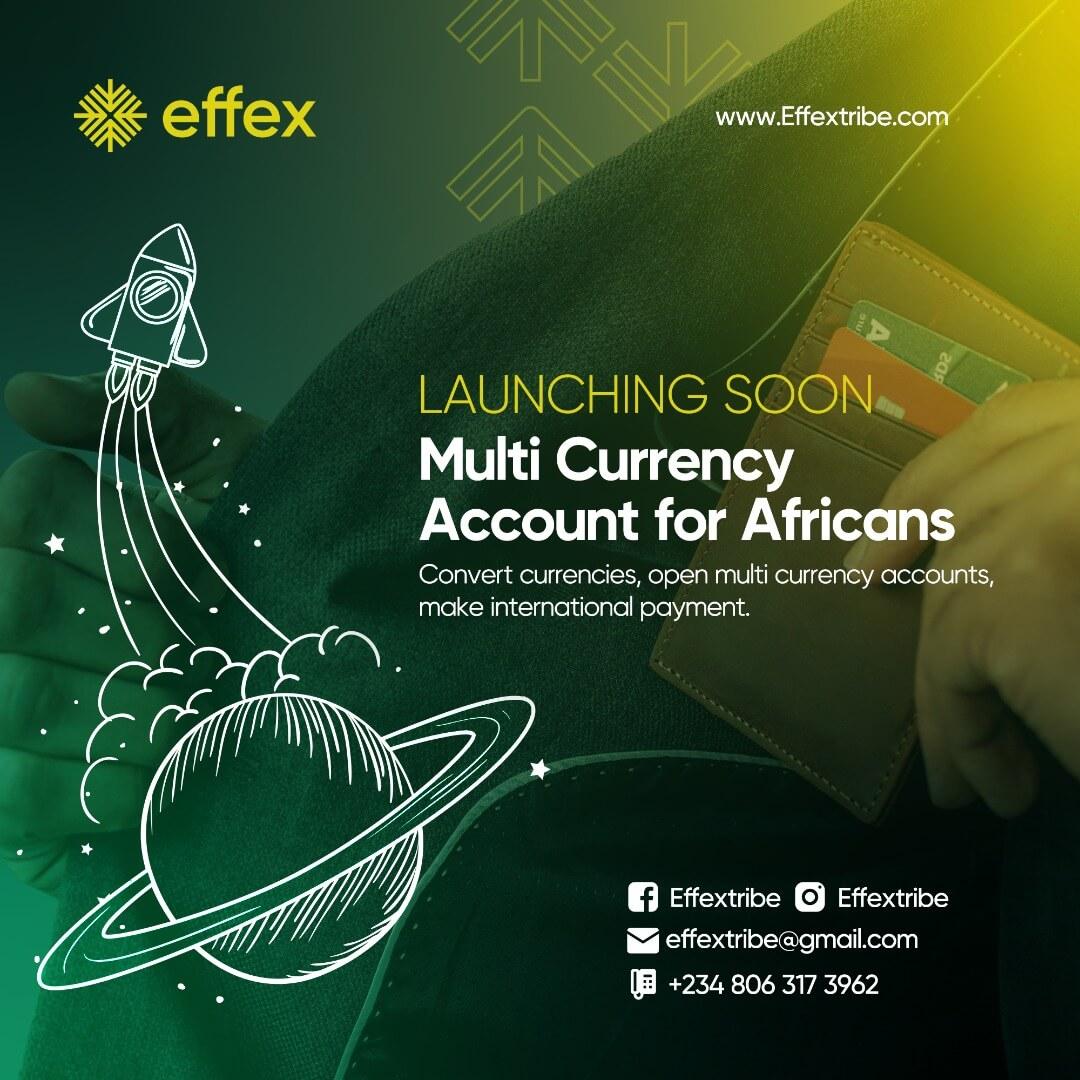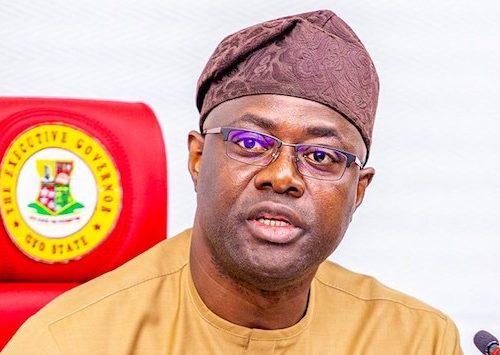The crypto market has had a blazing start to the new year, with flagship cryptocurrency, Bitcoin, posting a Year-to-Date (YTD), return of over 40% as of the time of this reporting.
The rally in the price of riskier assets is a result of the slowdown in the increase of interest rates across both developed and emerging markets, which has made the appeal for riskier assets stronger.
While we still have a high-interest rate environment, especially in developed economies, investors are taking the risk that over time, the interest in interest rate will stop sooner rather than later.
It is important to know what to expect for the remainder of the year. Analysis by Matthew Sigel, the Head of Digital Assets Research at VanEck, an asset management firm with Asset Under Management totalling $68 billion, shows what he expects from the cryptocurrency market in the year 2023.
We are already seeing some of his predictions come to the past, with the recent rally seen in the market.
1. Bitcoin to Test $10-12K In Q1 Amid a Wave of Miner Bankruptcies
According to Sigel, he explains that the MVIS Global Digital Assets Mining Index median market cap is now only $180 million, with nearly all constituents burning cash and trading well below book value. With Bitcoin mining largely unprofitable given recent higher electricity prices and lower Bitcoin prices, he predicts that many miners will restructure or merge.
2. In the Second Half Of 2023, Bitcoin Will Rise To $30,000
Sigel explained that Bitcoin and the broader crypto ecosystem have suffered through a brutal bear market in 2022. Numerous companies in the space have imploded and the sentiment is quite poor. Bitcoin has traded like a risk asset over the prior year and has shown price sensitivity to interest rate hikes.
He further explained that one reason why Bitcoin has reacted poorly to higher rates is that the political response to higher inflation in developed markets has been to attempt to cap energy prices, widen sanctions, and micro-manage economic activity to facilitate the “energy transition.”

Sigel concluded by stating that in developed markets, he thinks consumers will see Bitcoin act as a store of value over time and a hedge against M2 inflation rather than overt CPI inflation. In emerging markets, the focus is more on remittances and neutral alternatives to dollar hegemony.
Another reason he gave for this price prediction is the strong possibility of a global recession. Sigel explains that to be the case, he expects that the Federal Reserve would likely pause raising rates amidst softening inflation, while money printing and government budget deficits continue.
3. Financial Institutions Will Tokenize More Than $10 Billion In Off-Chain Assets
Sigel believes that in 2023, institutions will employ blockchains to simplify custody and settlement while reducing costs for customers. KYC/AML will be enabled using identity protocols and permissions sub-networks/applications.
It is important to know that as of this moment, MakerDAO, has plans to deploy $1B into U.S. T-bills and other government securities with the help of BlackRock and Coinbase, allowing DAI holders to earn a higher yield on deposits. Real-world loans on platforms such as Goldfinch, TrueFi, Maple and Clearpool sum to another $300M+.
KKR has tokenized one of its private funds in partnership with Avalanche and Securitize. The Monetary Authority of Singapore’s Project Guardian is a collaborative initiative with the financial industry that seeks to test the feasibility of applications in asset tokenization and DeFi. MAS recently participated in transactions against liquidity pools comprising tokenized Singapore Government Securities, Japanese Government Bonds, Japanese Yen and Singapore Dollar.
Among open-source blockchains, Sigel believes that Ethereum, Polygon, Avalanche, Polkadot and Cosmos are best positioned.
4. Brazil Will Emerge as One of The Most Crypto Friendly Countries Of The World
Sigel explains that with persistent inflation and a young population, Latin America is seeing the fastest crypto and stablecoin adoption in the world. Brazilian regulators have been aggressive in giving private companies a sandbox to play in this area.
Itau Unibanco, the country’s largest bank, plans to launch an asset tokenization platform to transform traditional financial products into tokens and offer custody services for clients. Sigel believes that the tokenization of sovereign debt may begin in Brazil first.
5. Twitter Will Bolster Its Payment Offerings with State Money Licenses
Sigel explains that twitter’s current payment abilities are restricted to peer-to-peer tipping, including Bitcoin over the Lightning Network, but the user experience is poor. He expects Elon Musk to implement payments functionality more akin to WeChat Pay, which would let consumers pay merchants for services.
In November, Twitter filed registration paperwork with the Treasury Department’s Financial Crimes Enforcement Network (FinCEN) to pave the way for it to process payments, according to the New York Times. Such an endeavour is likely to include dollars, Bitcoin, and possibly other crypto assets like Dogecoin.
6. A Nation, Most Likely One Dependent on Oil Exports, Will Announce It Is Adding Bitcoin and Other Digital Assets To Its Sovereign Wealth Fund
We have heard firsthand from multiple crypto companies that Saudi Arabia’s sovereign wealth funds are already mining Bitcoin, though at a small scale. In addition, Russian government officials have clearly stated intentions to settle cross-border trade in crypto assets. Russia’s largest bank Sberbank recently integrated its blockchain platform with MetaMask and the Ethereum blockchain. To add, multiple Russian media have also reported that Russians have been aggressively buying Bitcoin mining ASICS in November.
7. A New Decentralized Stablecoin Will Reach $1 Billion In Market Cap
A stablecoin is a digital currency that is pegged to a “stable” reserve asset like the U.S. dollar or gold. Stablecoin projects differ in how they maintain their peg. For example, USDT and USDC are both run by centralized entities that collateralize their tokens with fiat reserves, including cash and government treasuries. DAI, on the other hand, is administered by a decentralized entity whose users deposit ETH into smart contracts to mint the dollar-denominated, over-collateralized DAI.
Sigel explains that algorithmic stablecoins differ in the fact that they are collateralized with digital assets and either under or over-collateralized. Typically, algorithmic stablecoins maintain their peg with the backing of another digital asset and/or an on-chain algorithm that balances supply and demand.
Sigel believes that despite the collapse of LUNA and its associated algorithmic stablecoin UST losing its peg, he expects various decentralized stablecoins to continue to launch in 2023, including AAVE’s GHO offering, which will employ an over-collateralization strategy and rely on arbitrage and community-led monetary policy to stabilize the token at $1.
8. Ripple Will Lose the SEC Lawsuit
Ripple Labs has been engaged in a legal battle with the SEC since 2020 over their token, XRP. The SEC lawsuit alleges that XRP is an unregistered security. Considering the prominence of Ripple and XRP in the digital asset space, the result of this case could have far-reaching effects throughout the industry and set a precedent for future cases.
Single explains that Ripple has the support of many large players in the industry, including Coinbase and the Blockchain Association. This support has only increased, with 12 independent entities now offering legal support to Ripple. Both the SEC and Ripple have called for a summary judgement from a federal judge in the case, so a decision by end of Q1 is likely.
Unfortunately for crypto bulls, the SEC won its lawsuit against blockchain-based publishing company LBRY in November, with a U.S. district judge in New Hampshire writing that “nothing in the case law suggests that a token with both consumptive and speculative use cases cannot be sold as an investment contract.” With this case as precedent, he explained that the probability of a Ripple victory is now materially unlikely.
9. Gary Gensler Will Leave The SEC, As Proposed Legislation Fails to Gain Wide Support
Crypto enthusiasts had hoped that SEC Chairman Gary Gensler would be a proponent of advancing the digital assets ecosystem in the U.S. However, the SEC has continued to deny or postpone decisions on Bitcoin spot ETFs on grounds of “market manipulation”. Bizarrely, Bitcoin futures ETFs and even inverse Bitcoin futures ETFs have been approved.
Chairman Gensler has stated on several occasions that he considers Bitcoin to be a commodity, but most other digital assets to be securities. Still, considerable uncertainty remains in regard to which agency will regulate the industry, as the SEC and CFTC jockey over the right to regulate the space.
Sigel predicts that Chairman Gensler will be replaced, especially now that the 2022 midterm elections have passed, as he faces increasing scrutiny that may become a political liability for the White House. Four U.S. lawmakers sent him a letter on November 8 deriding him for the SEC’s double standard when it comes to transparency.
New York Democratic Rep. Ritchie Torres also wrote to the U.S. Comptroller in December requesting that the federal legislative watchdog conduct a review of the SEC’s failure to protect the public from “the egregious mismanagement and malfeasance of FTX.” The strongly worded letter also criticized Chairman Gensler’s leadership in general.
Even the SEC’s union of 3,500 staffers is fighting the Chairman over pensions, returning to work and an overly stretched workforce. Sigel also explained that since 1934, the average tenure of an SEC chair is 2.75 years; the median is 2, indicating that time may be up for the seating SEC Chairman.
10. Total Web3 Monthly Gamers Will Rise From 2M To 20M As Multiple Triple-A Games Come to Market.
The total addressable market (TAM) in traditional gaming is massive, at $300 Billion and 3.2 Billion people globally.
Gaming is a digital-native activity, and in-game items (aka digital assets) are already being bought and used by hundreds of millions of gamers around the world. Still, Sigel believes that category gaps exist between traditional and crypto games, creating a wide space for growth. Specifically, blockchain-enabled games open the possibility to transfer in-game assets between games, which does not currently exist.
That said, early play-to-earn and play-to-own games have lacked high-quality production value and sufficiently large budgets to attract mass-market users. Some traditional “triple-A” games are aiming to fill that gap with tentpole releases in 2023, and Sigel believes that one of them is likely to go viral.
11. Ethereum Will Enable Withdrawals from the Beacon Chain.
The Beacon Chain is the name of the pre-Merge, proof-of-stake Ethereum blockchain. It was created to ensure the proof-of-stake consensus logic was sound and sustainable before enabling it on the Ethereum Mainnet.
The Merge took place in September of 2022, resulting in the Ethereum Mainnet merging with the Beacon Chain and transitioning to a singular blockchain with a proof-of-stake consensus mechanism. Stakers are currently receiving ~5% annual interest rates in return for committing ETH.
However, withdrawals have not been enabled, potentially hindering adoption. Enabling Beacon Chain withdrawals would give stalkers more confidence to commit capital to the protocol. The percentage % of ETH staked could potentially rise from 13% to above 25%.
Nairametrics



















